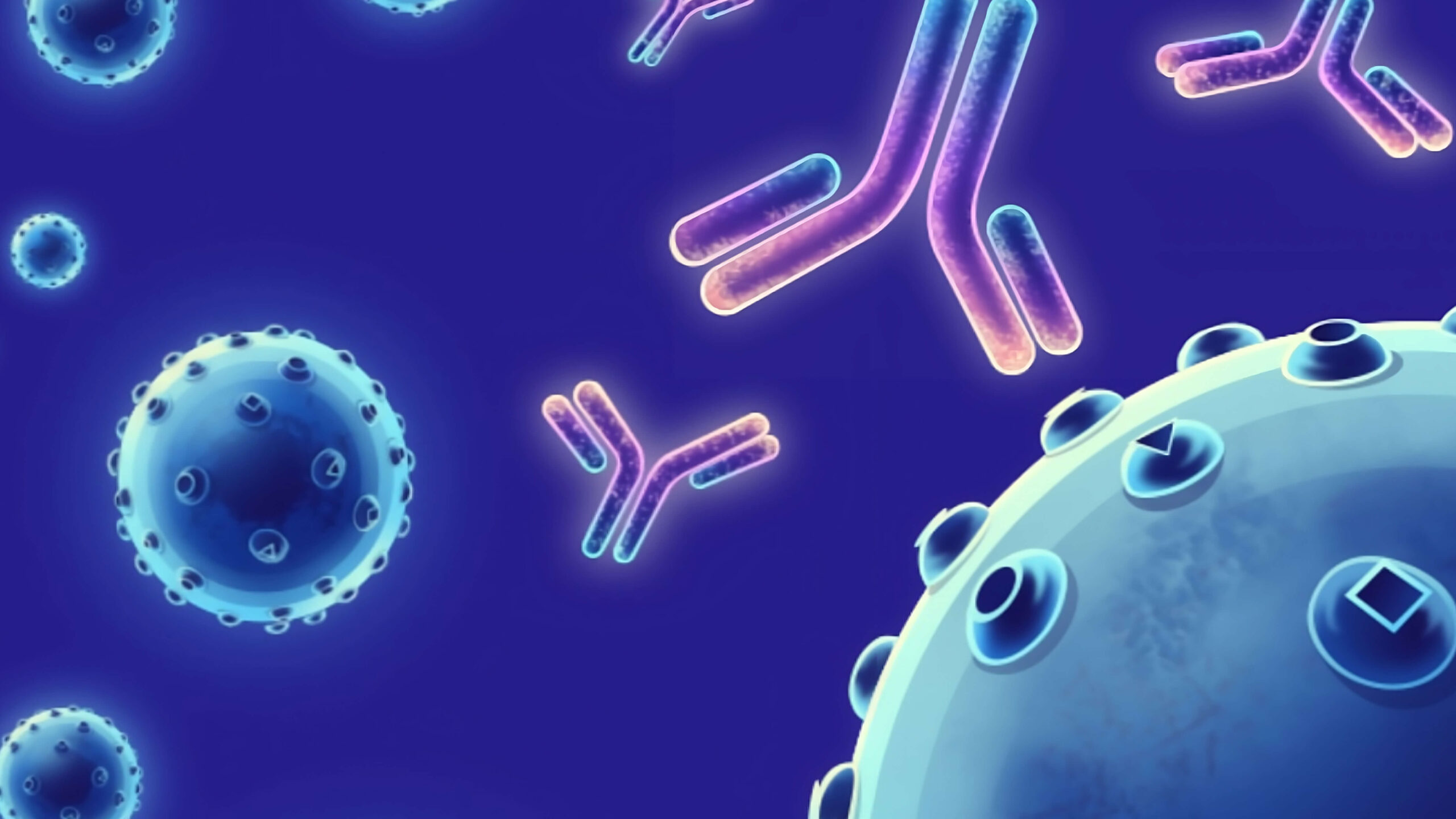Description
Urokinase plasminogen activator (uPA) and/or its receptor (uPAR) are essential for metastasis, and overexpression of these molecules is strongly correlated with poor prognosis in a variety of malignant tumours. uPAR and uPA levels in both resected tumor tissue and plasma are of independent prognostic significance for patient survival in several types of human cancer. This system has classically been thought to drive tumor progression by mediating directed extracellular proteolysis on the surface of migrating or invading cells, and intervening with this proteolysis by targeting uPAR has been proposed to represent a novel approach for inhibiting tumor progression. uPAR, also known as PLAUR or CD87, has been implicated in the growth, metastasis, and angiogenesis of several solid and hemotologic malignancies. uPAR is a highly glycosylated, 55-60kDa integral membrane protein linked to the plasma membrane by a glycosylphosphatidylinositol (GPI) anchor. It is part of a cell surface system that also consists of the serine protease uPA and several specific inhibitors (plasminogen activator inhibitors 1 and 2). Additionally, the analysis of CD87 (urokinase-type plasminogen activator receptor - uPAR) expression has a potential role in the diagnostic or prognostic work-up of several hematological malignancies, particularly acute leukemia and multiple myeloma.
Target
PLAUR
Target Alias Names
CD87, U-PAR, UPAR, URKR
Isotype/Mimetic
Mouse IgG1
Animal-Derived Biomaterials Used
No
Sequence Available
No
Original Discovery Method
Hybridoma technology
Antibody/Binder Origins
Animal-dependent discovery, post-2020, In vitro recombinant expression

